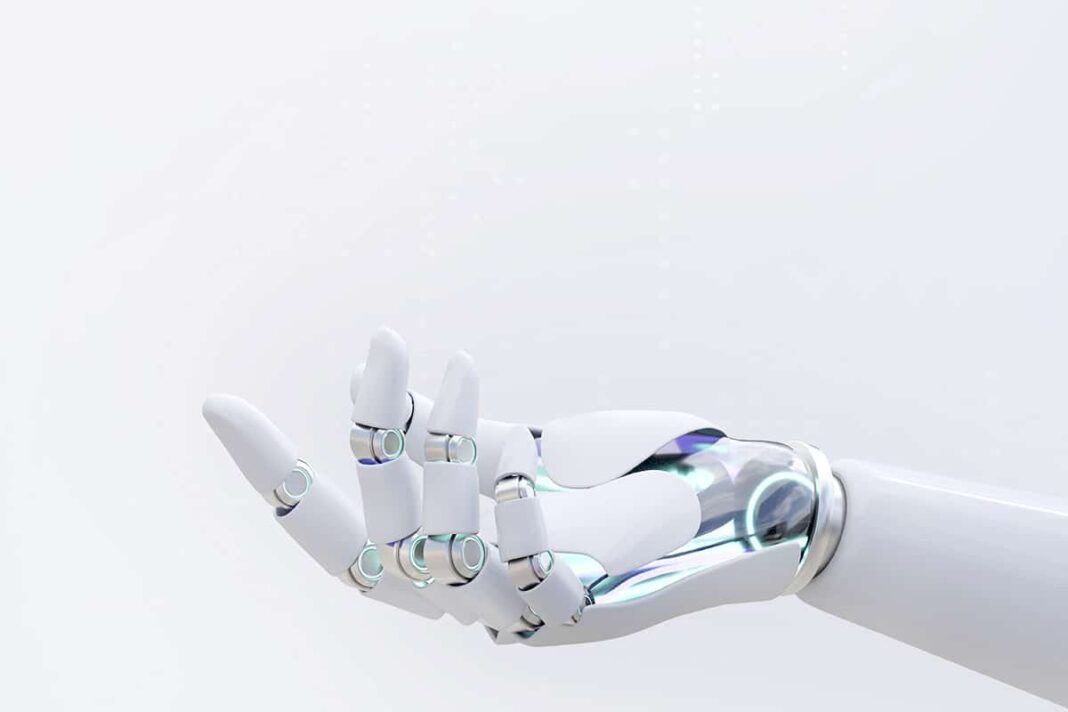Digital transformation has become a buzzword in recent years, permeating every industry and sector, promising endless possibilities for businesses. As technology evolves at an unprecedented pace, one of the most significant revolutions in digital transformation is the rise of robotics. From manufacturing to healthcare, robots are transforming the way we operate, opening up new horizons for innovation, efficiency, and productivity.
The Robotic Renaissance in Manufacturing
In the world of manufacturing, robots have long been utilized for repetitive tasks or hazardous operations. However, with advancements in robotics and artificial intelligence (AI), robots are now bringing unprecedented precision, speed, and flexibility to production lines. Gone are the days of a cookie-cutter approach; robotic automation allows manufacturers to customize and adapt their processes swiftly, keeping up with consumer demands.
Robots equipped with machine learning algorithms can analyze vast amounts of data, identify patterns, and make intelligent decisions, leading to enhanced quality control and streamlined production. Collaborative robots, or cobots, further revolutionize manufacturing by working alongside human employees, increasing productivity and freeing workers from monotonous and physically demanding tasks.
While some may fear that the rise of robotics will lead to job losses, studies show that the opposite is true. The adoption of robots in manufacturing creates a demand for skilled workers who can collaborate and maintain these sophisticated machines. This leads to a shift in the workforce, with employees transitioning to higher-skilled roles, ultimately driving economic growth and contributing to a more resilient industry.
Enhancing Healthcare with Robotics
The healthcare sector is another forefront where robotics is revolutionizing the future. From surgery to caregiving, robots are increasingly playing an integral role in patient care, ultimately improving outcomes and saving lives.
Robotic surgeons, for example, provide unprecedented precision and dexterity, allowing for minimally invasive procedures with reduced risks and faster recovery times. These robots can analyze real-time data, adjust their movements accordingly, and assist human surgeons during complex and delicate operations. Not only does this technology enhance surgical outcomes, but it also expands access to specialized healthcare in remote areas.
Additionally, robots are aiding in the transformation of caregiving by providing companionship and support to the elderly or those with physical impairments. These robots are equipped with AI capabilities, enabling them to engage in conversation, perform household tasks, and monitor the health and well-being of individuals. This not only alleviates the burden on caregivers but also enhances the quality of life for those in need of assistance.
Robots in Customer Service and Retail
Retail and customer service industries are undergoing a significant transformation with the integration of robotics. Robots are taking on tasks previously performed by human employees, such as stocking shelves, providing information, and even completing sales transactions.
Automated customer service chatbots are becoming increasingly sophisticated, utilizing natural language processing and AI algorithms to provide personalized and efficient support. These chatbots can handle a large volume of customer inquiries simultaneously, freeing up human agents to address more complex issues. Furthermore, robots equipped with computer vision technology can assist in inventory management, ensuring efficient stock replenishment and reducing out-of-stock situations.
However, it is essential to strike a balance between automation and human touch in these industries. While robots can enhance efficiency and productivity, the human element remains crucial in building trust and rapport with customers. Integration of robotics should aim to augment human capabilities rather than replacing humans entirely.
Important Information to Consider
As we embrace the robotic renaissance and delve deeper into the world of digital transformation, it is imperative to consider a few important factors:
-
- Ethical and Privacy Concerns: With robots becoming more intelligent and capable, it is crucial to establish ethical frameworks and regulations to ensure responsible use of robotics. Privacy concerns also arise when robots are involved in collecting and analyzing personal data.
-
- Reskilling the Workforce: The digital transformation fueled by robotics and AI requires a reskilling of the workforce. Organizations and governments need to invest in training programs to equip employees with the necessary skills to work alongside robots effectively.
-
- Inclusive Adoption: As we embrace robotics, it is vital to ensure that this technology is accessible and beneficial to all. Solutions should be designed with diversity and inclusivity in mind, catering to different demographics and abilities.
Summary
The robotic renaissance is transforming industries across the board, heralding a new era of productivity, efficiency, and innovation. Embracing robotics in manufacturing enhances customization, flexibility, and quality control while creating new job opportunities. In healthcare, robots are revolutionizing patient care, improving surgical precision, and aiding in caregiving. Likewise, robots are reshaping customer service and retail, providing efficient support and optimizing inventory management.
However, ethical concerns, reskilling the workforce, and ensuring inclusive adoption must be at the forefront of this digital transformation. With careful consideration and responsible implementation, we can unlock the full potential of robotics and embrace a future where humans and robots collaborate to shape a better world.
- Unleashing the Power of Progress: Crafting an Astounding Growth Strategy - 17 de agosto de 2023
- Evolution Unleashed: Unlocking the Power of Iteration - 17 de agosto de 2023
- Unleashing Unlimited Potential: The Power of Scalability - 17 de agosto de 2023




